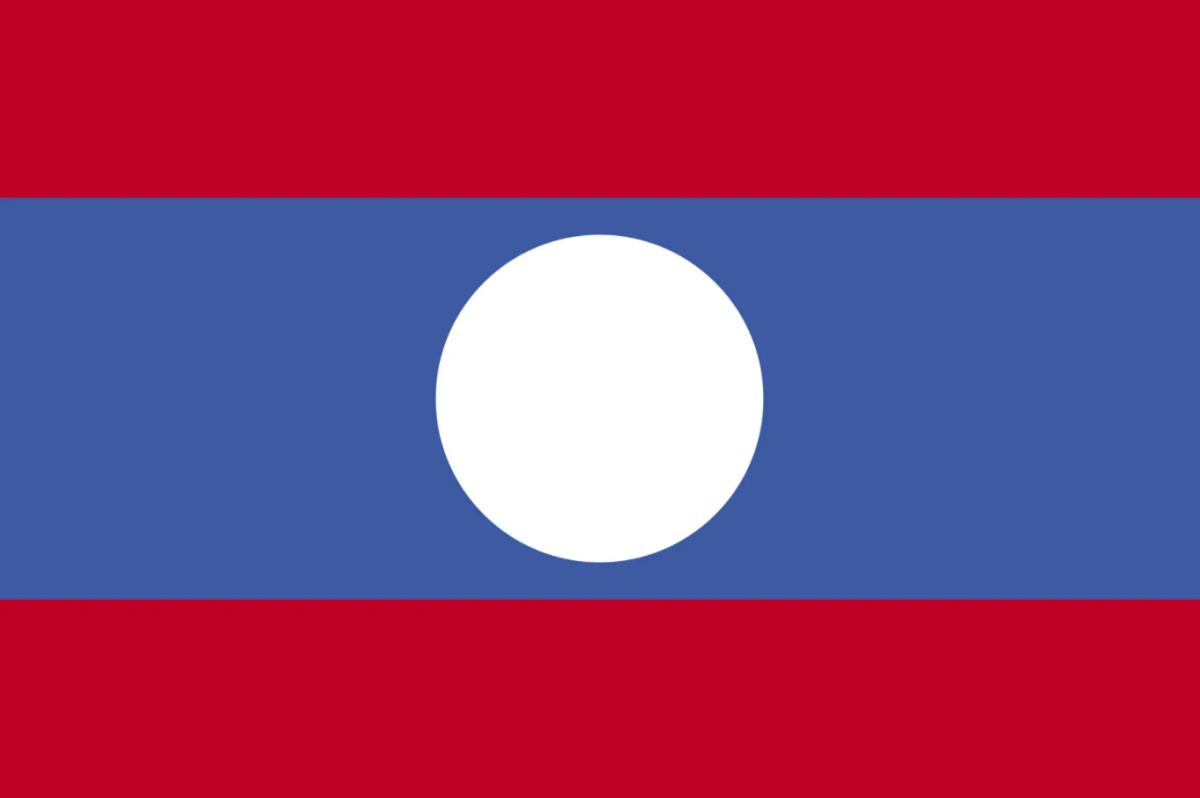Lao People’s Democratic Republic (Lao PDR), commonly known as Laos, is a Land of Ample Opportunities and Successes.
Laos, landlocked country of northeast-central mainland Southeast Asia. It consists of an irregularly round portion in the north that narrows into a peninsula-like region stretching to the southeast. Overall, the country extends about 650 miles (1,050 km) from northwest to southeast. The capital is Vientiane (Lao: Viangchan), located on the Mekong River in the northern portion of the country.

Lao prides itself with abundant natural resources. It is home to tons of coal, hardwood lumber, gypsum, tin, gold, and gemstones. It shares 1,865-kilometers of the great Mekong River stretch. It is blessed with rugged mountains, and has huge forests and woodland, which covers 47% of Lao’s land area.
The geologically diverse landscape of Laos, with its forested mountains, upland plateaus and lowland plains, supports an equally diverse population that is united largely through agriculture, particularly the cultivation of rice. Interactions—sometimes hostile, sometimes hospitable—with the neighbouring Khmer (Cambodian), Siamese (Thai), and Myanmar (Burmese) kingdoms between the 5th and the mid-19th century indirectly imbued Laos with elements of Indian culture, including Buddhism, the religion now practiced by most of the population. Both Buddhist and Hindu lores have shaped the visual, performing, and literary arts of the country. Many of the indigenous and minority peoples of the remote highland slopes and mountainous regions, however, have maintained their own idiosyncratic ritual and artistic traditions.
Colonization by the French from the late 19th to the mid-20th century infused Laos with a European cultural element, which intensified throughout the country’s embroilment in World War II and the Indochina wars, as well as a civil war of its own in the second half of the 20th century. Guided by Marxist-Leninist ideology, Laos emerged from the turmoil in 1975 as a communist country. Economic reforms of the late 20th and early 21st centuries, including the development of tourism, have strengthened Laos’s economy, gradually shrinking the country’s debt and diminishing its dependence on international aid.
Its unspoiled natural resources make Lao PDR an interesting tourist destination. In the recent years, Lao has been registering over 2 million tourist arrivals. Popular tourist sites are Lao’s breathtaking wats and ruins, the UNESCO World Heritage Site Luang Prabang, and the charming capital Vientiane.